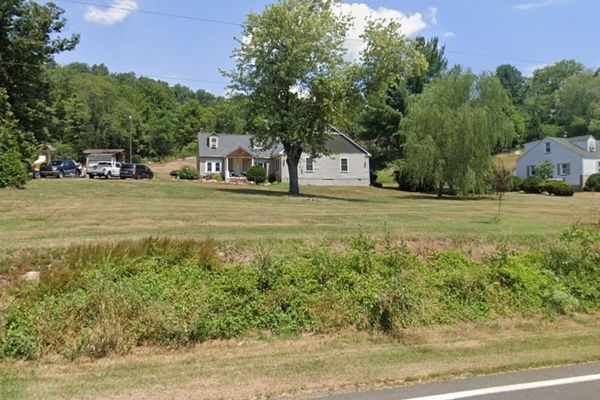With around 850 establishments operating in the UK and Ireland, it's fair to say you're never really far from a Wetherspoon pub.
Love or loathe the very British budget pub chain, there's no doubt they offer some of the cheapest drinks and food choices around. In Glasgow there are numerous Wetherspoon pubs (or Spoons), all with their own unique history.
Wetherspoon is known for its cheap pints, lively atmosphere and lairy carpets – but the pub chain has some very unique venues too. It was founded in 1979 by Tim Martin who reportedly took the name from a geography teacher who told him he would never be successful.
READ MORE: The Glasgow restaurants we think deserve stars after city gets Michelin snub for 2023
As a company, Wetherspoon is known for its interest in local history and you can even check out the stories behind the names of its pubs on the official website.
The chain is known for converting unconventional premises, such as formers cinemas and banks, into its pubs. Each pub is also given its own unique name that references the history surrounding its location.
A spokesperson for the pub chain has said: "Wetherspoon has a historian who researches the area the pub is located in, the history of the pub and famous people and events in the area. He then selects five names – together with the reason for the name – this is forwarded to Tim Martin, founder of Wetherspoon and Tim, together with a group of people, select the name. This means that most Wetherspoon pubs have individual names."
Below we have taken a look at Wetherspoon premises around Glasgow and where each one took its name.
The Counting House
Located at the St Vincent Place corner of George Square, the Counting House is easily Glasgow's most famous and celebrated 'Spoons' venues. The ornate and elegant building it occupies was previous owned by the Bank of Scotland - hence the name 'The Counting House' - and dates from the 1860s.
Crystal Palace
Architecturally-speaking, the Crystal Palace on Jamaica Street really is a thing of beauty. The iconic building was designed in the 1850s and inspired by the Crystal Palace, which was the centrepiece of the 1851 Great Exhibition in London. Wetherspoon used this fact when coming up with the name of the pub.
The Hengler's Circus
A favourite pre-club hang out for many years, there's little doubt that The Hengler's Circus on Sauchiehall Street is one of Glasgow's best-loved 'Spoons'.
It takes its name from Hengler's popular circus which operated on the opposite side of the road in the early 20th century and was a much loved entertainment venue for many years.
Sign up to our Glasgow Live nostalgia newsletters for more local history and heritage content straight to your inbox
The Society Room
Situated at 151 West George Street, this city centre Wetherspoon has long been popular with the weekend crowds and is one of very few 'Spoons' to play music.
The pub's name was coined from the fact that insurance firm the Star Life Assurance Society occupied the building that stood on the site in the early 19th century.
The Sir John Moore
Familiar to anyone who has hankered after a cheap pint before boarding their train at Central, the Sir John Moore at 260-292 Argyle Street was named after the Glasgow's born soldier Sir John Moore. A distinguished military commander, Sir John led a famous retreat to La Coruña during the Napoleonic Wars. Following his death in 1809, a statue cast from brass cannons was unveiled in his honour on George Square.
The Lord of the Isles
Out at Braehead is the Lord of the Isles, which looks to the areas rich maritime heritage for inspiration. The Lord of the Isles was the name given to two paddle steams which took passengers to the Kyles of Bute and were operated in the 19th century by the Glasgow and Inveraray Steamboat Company.
Kirky Puffer
Serving the good folk of Kirkintilloch north of Glasgow, the Kirky Puffer is another local Wetherspoon that pays homage to our shipbuilding past. The Kirky Puffers were small steamships built in Kirkintilloch that were used on the Forth and Clyde Canal. The boats were made famous by the books and TV programme starring Para Handy and his legendary puffer the Vital Spark.
READ NEXT:
The mysterious home in Glasgow's west end that's been boarded up for years
10 of Glasgow's historic landmarks and how much they'd cost to build in 2023
When Glasgow band took 'Bananarama track' to top of the UK charts
The mystery over Glasgow bridge with 'Ancient Greek' message written into stone on the Clyde
Glasgow is home to world's oldest surviving music hall that was once a 'freak show'







